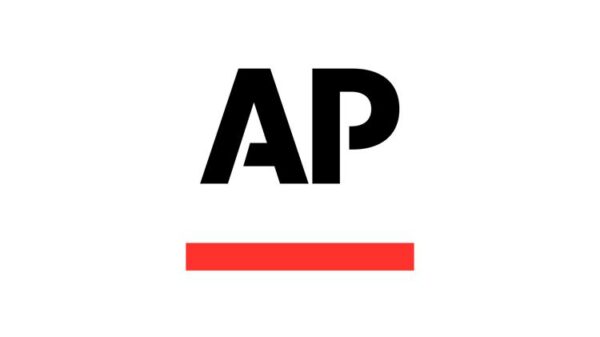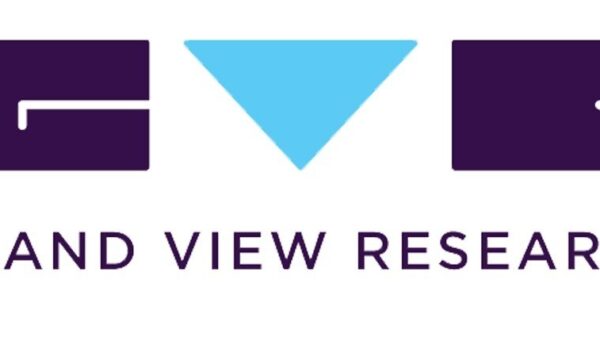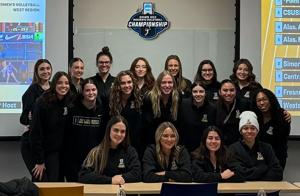Missouri lawmakers have officially prohibited the use of the “three-cueing” method as the primary reading instruction model in schools. This decision is part of a bipartisan education reform package signed into law by Gov. Mike Kehoe this week. The new law allows the three-cueing approach, which relies on context clues to help students read, to be used only as a supplementary resource, while phonics instruction must constitute the majority of teaching.
State Representative Ed Lewis, a Republican from Moberly and the sponsor of the legislation, emphasized the importance of phonics in reading education. In an interview, he stated, “We’ve come to the realization that phonics is crucial. The three-cueing system, when used as the primary source, evidence shows a decrease in the amount of learning that occurs, and for that reason, we want to use it less.”
The three-cueing method has faced significant criticism for promoting guessing over systematic phonetic understanding, which is essential for comprehending complex texts. Missouri is not alone in this trend; by the end of 2024, at least 11 states had enacted similar bans on the method.
Background and Legislative Action
Concerns about the effectiveness of three-cueing gained traction following an investigative report by American Public Media journalist Emily Hanford, alongside her podcast series “Sold a Story.” This series highlighted the ongoing debate between phonics-based instruction and context-clue approaches, contributing to a push for reforms across various states, including Missouri.
In 2022, a significant literacy bill was passed in Missouri that mandated the development of a teacher preparatory course focused on literacy. Consequently, the Missouri Department of Elementary and Secondary Education (DESE) initiated the “Read, Lead, Exceed” program, which provided training for educators in effective reading instruction techniques.
As of spring 2023, over 8,600 educators from 429 school districts have participated in training for the Language Essentials for Teachers of Reading and Spelling (LETRS) program. Karla Eslinger, the Missouri Education Commissioner, remarked, “It is pretty intense training. It creates an opportunity for the teachers to use that science of reading, that evidence-based best practices on how you teach reading.”
Implementation of New Guidelines
While participation in the training and other evidence-based resources is not mandatory, Eslinger noted a positive response from educators. She anticipates that these initiatives will lead to improvements in elementary literacy rates. The department plans to continue emphasizing best practices in reading instruction while not enforcing strict regulations.
“We are not going to police this,” Eslinger stated. “We are going to show good practice and give support to good practice, so it just bolsters what we’re doing.” Under the new guidelines, school districts must confirm annually that they are not using three-cueing as their primary instructional model.
The positive reception of the literacy initiatives indicates a significant shift in educational practices within the state. “The work that our literacy teams are doing in the state is all being very well received,” Eslinger added. “Educators are wanting more and more. It is not because it is mandated, it is because it works.”
Missouri’s latest legislative action marks a crucial step in reshaping reading instruction and underscores the growing recognition of the importance of phonics in early education.




































































